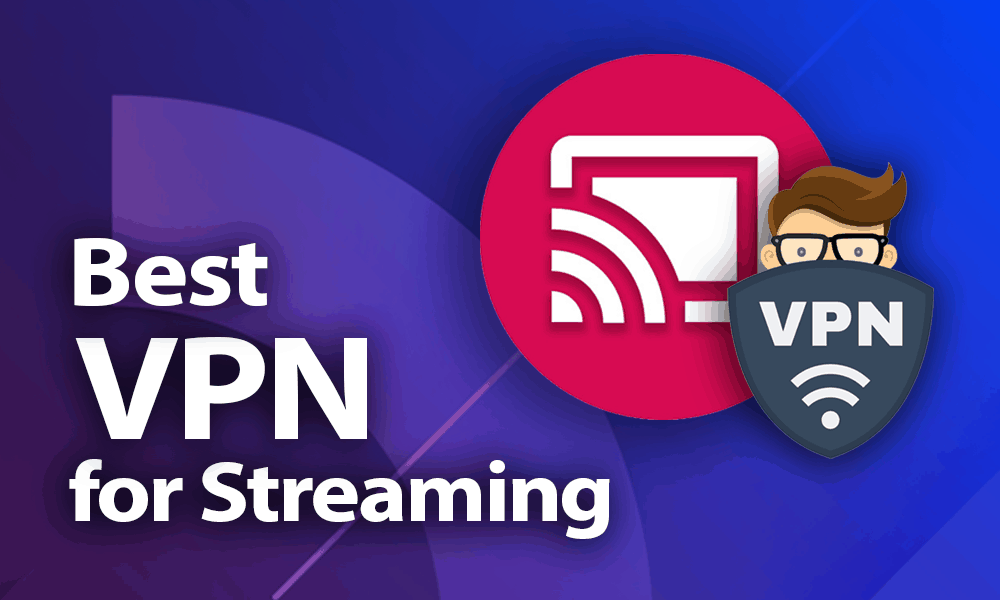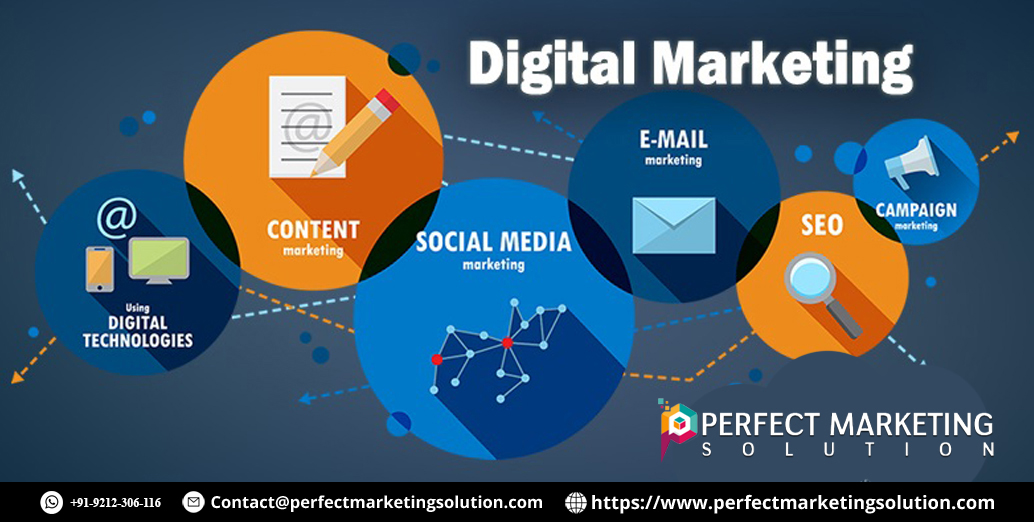Why Site Speed Matters for Ecommerce SEO & Conversions

In the fast-paced world of e-commerce, every second counts. Whether it’s loading product pages, completing a checkout, or browsing your store, users expect fast and smooth experiences. Slow-loading websites not only frustrate visitors but also hurt your SEO performance and, ultimately, your conversion rates. For any e-commerce business, this can have severe implications on sales and customer satisfaction.
Site speed is a crucial factor for both Ecommerce SEO Services and the overall user experience. With search engines like Google prioritizing user experience, faster websites are more likely to rank higher. In this blog post, we’ll explore why site speed matters for e-commerce SEO and conversions, and how improving it can help your online store achieve better rankings and boost sales.
1. The Impact of Site Speed on Ecommerce SEO
Google’s algorithms have long emphasized the importance of site speed in search rankings. The faster your website loads, the better your chances are of ranking higher in search results. This is particularly important for e-commerce sites, where users are often looking for quick answers, fast shopping experiences, and efficient checkout processes.
Since Google began using page experience as a ranking factor (including Core Web Vitals), the connection between site speed and SEO has become even clearer. Core Web Vitals, which measure loading performance, interactivity, and visual stability, are critical to ranking well. Slow-loading pages not only degrade user experience but also send negative signals to search engines, hurting your visibility in search results.
Ecommerce SEO Services are designed to optimize website performance, ensuring that your site loads quickly and performs well on search engines. A well-optimized website with fast loading times helps search engines crawl your pages more effectively, which ultimately leads to improved rankings and better visibility.
2. Page Speed and User Experience: A Direct Link
In the e-commerce world, user experience is key to driving sales and repeat customers. A slow-loading website can negatively impact a visitor’s experience, leading to frustration, higher bounce rates, and ultimately fewer conversions. According to studies, nearly 40% of users abandon a website if it takes more than three seconds to load. This means that for every second of delay, you risk losing potential customers.
Consider this: If a visitor arrives at your store and the page takes too long to load, they may decide to leave and visit a competitor instead. With countless online stores offering similar products, e-commerce businesses cannot afford to lose customers due to slow load times.
This is where Ecommerce SEO Services come into play. By improving site speed, you’re not only enhancing the user experience but also increasing the likelihood of customers staying on your site longer, browsing more products, and ultimately making a purchase. Fast, seamless experiences create satisfied customers, which can lead to increased sales and higher customer retention.
3. How Site Speed Affects Mobile Commerce
With mobile shopping on the rise, especially in 2025, mobile site speed has become even more important for e-commerce stores. Google’s mobile-first indexing means that the mobile version of your site is used for ranking purposes, making mobile optimization a necessity. If your mobile site is slow, customers are more likely to abandon their shopping carts, leading to missed sales opportunities.
Studies show that a delay of just one second in mobile page load time can reduce mobile conversions by up to 20%. In the competitive world of mobile e-commerce, ensuring that your website is fast on all devices is crucial. By focusing on improving site speed as part of your E-commerce SEO Packages, you can create a seamless shopping experience for users, regardless of whether they are shopping on a desktop, tablet, or smartphone.
Optimizing site speed for mobile devices can lead to higher engagement, reduced bounce rates, and ultimately, increased conversions. Given that more and more consumers are making purchases from their mobile phones, fast load times are essential to staying competitive in today’s digital marketplace.
4. The Connection Between Site Speed and Conversion Rates
When it comes to e-commerce, conversions are the ultimate goal. Site speed plays a direct role in whether a visitor makes a purchase or abandons their cart. Slow-loading pages can frustrate potential customers, leading to abandoned shopping carts and lost sales.
Research has shown that even a slight delay in page load time can have a significant impact on conversion rates. For example, a one-second delay can result in a 7% reduction in conversions. If your website is slow and customers are unable to browse smoothly, they are far less likely to complete their purchase. In an online shopping environment where speed is expected, delays can result in significant losses.
By integrating Ecommerce SEO Services that focus on site speed optimization, your e-commerce site can provide a faster, more efficient experience for customers. This not only reduces bounce rates but also improves the likelihood of completing transactions, increasing overall revenue.
5. How to Improve Site Speed for Better SEO and Conversions
There are various ways to enhance your e-commerce website’s speed and, in turn, boost both your SEO and conversions. Here are some actionable steps to take:
a) Optimize Images
High-quality images are essential for e-commerce sites, but large image files can significantly slow down page load times. To prevent this, compress images without sacrificing quality. Use image formats like WebP, which offer smaller file sizes while maintaining visual quality. Ensure that your images are appropriately sized for each device, so they don’t unnecessarily load larger files on mobile screens.
b) Leverage Caching and Content Delivery Networks (CDNs)
Caching enables faster access to your website by storing data in a user’s browser, so they don’t have to download the same content each time they visit. CDNs, on the other hand, deliver content from servers that are geographically closer to the user, reducing loading times. These strategies are especially effective for e-commerce stores with international customers.
c) Minimize HTTP Requests
Each element on a web page (such as images, scripts, and stylesheets) generates an HTTP request, which can slow down load times. By minimizing these requests, combining files, and using asynchronous loading, you can significantly improve site speed. Streamlining your site’s code can also lead to faster loading times and better user experiences.
d) Use a Reliable Hosting Provider
Your hosting provider plays a significant role in your site’s performance. Choosing a hosting service with optimized servers and resources can drastically improve site speed. Opt for a dedicated server or a VPS if possible to ensure better performance for your e-commerce site.
e) Prioritize Above-the-Fold Content
Load the content that is visible above the fold (without the need for scrolling) first. This allows visitors to see the most important elements of your page while the rest of the content loads in the background. This approach improves perceived load times and encourages users to stay on your site longer.
6. Monitor and Test Site Speed Regularly
It’s essential to continuously monitor your site speed to identify any potential issues. Tools like Google PageSpeed Insights, GTmetrix, and Pingdom can help you track performance and highlight areas for improvement. Regularly testing your website ensures that any slowdowns are addressed quickly before they affect your SEO and conversion rates.
Conclusion
Site speed is an often overlooked but critical component of both Ecommerce SEO Services and conversion optimization. A fast, efficient website not only improves your search rankings but also ensures that visitors enjoy a seamless shopping experience, leading to higher engagement, reduced bounce rates, and increased sales.
For e-commerce businesses, every second counts. By investing in site speed optimization as part of your E-commerce SEO Packages, you can stay ahead of the competition, deliver a better customer experience, and ultimately, boost your conversion rates and revenue. Don’t let slow load times be the barrier between you and your business’s success—optimize your site speed today to reap the long-term benefits.
What's Your Reaction?























